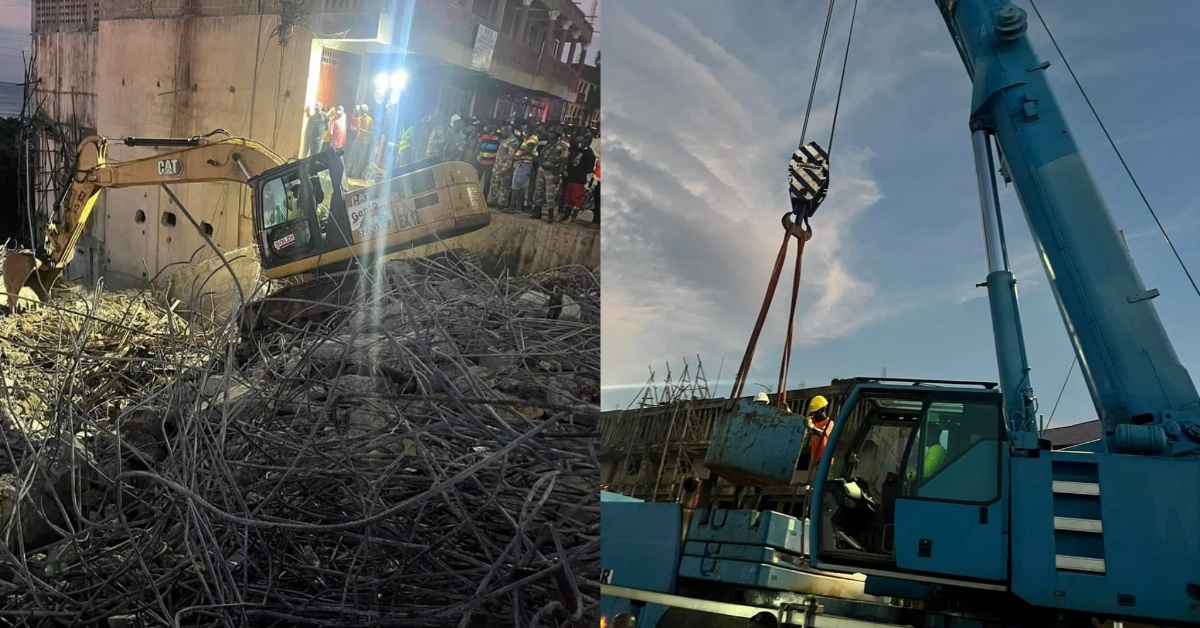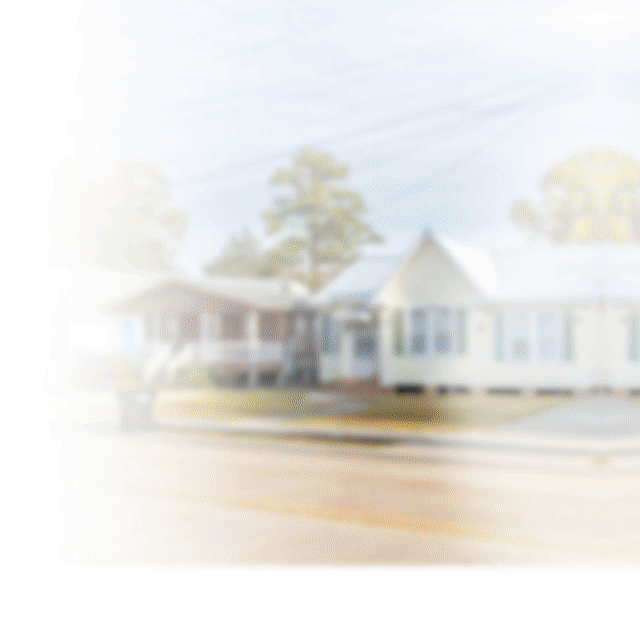The recent spate of building collapses in Freetown has sparked significant public concern, as reports of structural failures continue to dominate both print and electronic media. According to Arc. Abel T. Onomake, Director of IDEAS Ltd., these collapses are a culmination of long-standing issues within the construction sector. The foundations of this problem were laid years ago, with the decline in the quality of craftsmanship and oversight, which has worsened in recent years.
During the 1970s and 1980s, Sierra Leone boasted skilled tradesmen and construction artisans who were products of renowned institutions like the Kissy Trade School, Freetown Technical Institute, and the Public Works Department Training School. Their work can still be seen in some of Freetown’s sturdier, older buildings, a testament to their expertise. However, the civil war (1991-2002) wreaked havoc on these institutions, resulting in the loss of highly skilled staff and the deterioration of technical education.
One of the most glaring reasons for recent building failures is the poor quality of construction. Foundations are often shallow, and steel reinforcement bars are insufficient or incorrectly placed. Moreover, deviations from original designs and specifications are rampant, with some developers altering building plans without seeking updated permits. This disregard for proper building protocols compromises structural integrity.
While every building is supposed to have a permit issued by the Ministry of Lands, Housing, and Country Planning (MLHCP), many developers flout this requirement. There are widespread cases of influential developers bypassing the necessary approval process. Compounding this issue is the lack of adequate supervision. With less than 40 building inspectors monitoring over 7,000 construction sites across the country, effective oversight is nearly impossible.
Sierra Leone has become a dumping ground for substandard building materials. A recent investigation by IDEAS Ltd. found that steel reinforcement rods procured locally were significantly below standard. For example, 12mm rods turned out to be only 10.5mm in diameter, posing a serious risk to structural integrity. Additionally, the excessive carbon content in some imported rods makes them brittle, further increasing the likelihood of failure.
The uncontrolled reclamation of swamp and coastal lands, particularly around areas like Aberdeen Creek, Crab Town, and Murray Town Wharf, has led to the construction of unsafe buildings. These areas are prone to flooding, and the foundations laid in these swampy conditions are often inadequate. Buildings in these areas frequently collapse or catch fire due to overcrowding and illegal electrical connections.
Building collapses also stem from poorly conceived designs. Many buildings are designed by unqualified individuals, leading to structural flaws. Geotechnical investigations, which are critical for determining the appropriate foundation type, are often ignored. Even when sound designs are created, poor supervision means that contractors frequently deviate from the approved plans, further jeopardizing the safety of the structure.
A lack of maintenance is another factor contributing to building collapses. Visible signs of structural distress, such as cracks in columns and beams, are often ignored until it is too late. Buildings that are not properly maintained are at a high risk of eventual collapse.
In many cases, buildings designed for residential use are repurposed to store heavy merchandise, greatly exceeding the load-bearing capacity of their foundations. The collapse of a building in Kissy, for instance, was attributed to additional floors being constructed on a foundation originally designed for a three-story structure, compounded by the use of some of the floors for storing construction materials.
Investment in buildings represents a substantial financial commitment, and there must be stringent regulations to ensure safety. However, Sierra Leone lacks an operational national building code. The Sierra Leone Institute of Architects (SLIA) submitted an updated draft of a National Building Code to President Julius Maada Bio in 2021, following his directive to address this issue. This code includes several preventive measures designed to mitigate the risk of building failures.
The Ministry of Lands, Housing, and Country Planning is responsible for issuing building permits and ensuring that construction is carried out in accordance with approved plans. However, the ministry is severely understaffed and under-resourced, limiting its ability to carry out its mandate effectively. Public perception of the ministry is not favorable, and there are concerns that its inefficiencies contribute to the current crisis.
The ongoing building collapses are a grim reminder that urgent action is needed to reform the construction sector in Sierra Leone. The swift passage and implementation of the National Building Code is critical to addressing the underlying issues that have led to these failures. In the meantime, stronger enforcement of building regulations, improved oversight, and a crackdown on the use of substandard materials are essential to prevent further tragedies.
Only through concerted efforts from all stakeholders—government, developers, regulatory bodies, and the public—can we hope to avert future building collapses and safeguard lives and property in Freetown.



 2 Comments
2 Comments 










So truly my dear
About time. Otherwise a lot of people will meet their demise through the fault of rogues. I hope this administration take such step as this will be one of their legacies